5 Steps to Fix a Dog Collar Buckle
If the dog collar buckle is made of plastic and has broken into pieces, Strong adhesives like super glue or epoxy can be used to repair a broken metal or plastic buckle by bending it back into place or replacing it if necessary. If you don’t have the buckle, you can use a leather strap or latigo to hold the collar, punching holes and threading through them in a triangular pattern.
Understanding a dog collar buckle
A dog collar buckle plays a crucial role in keeping your dog safe and secure during walks and outdoor activities. It ensures that the collar stays in place and prevents your dog from slipping out of it. Additionally, a properly functioning buckle allows for easy adjustment of the collar’s tightness, providing comfort to your furry companion.
Tools and Materials You’ll Need
Before you embark on fixing your dog collar buckle, gather the following tools and materials:
-
Scissors
-
Pliers
-
Replacement buckle
-
Needle and thread (optional)
-
Zip-tie (alternative solution)
5 steps to fix a dog collar buckle
There are 5 important steps to fixing a dog collar buckle. To implement this step, you will be ready to fix a dog collar buckle.
These five steps are following here:
Step 1: Assess the Damage
Begin by examining the dog collar buckle to determine the extent of the damage. Look for any cracks, breaks, or missing parts. It’s important to understand the specific issue before proceeding with the repair.
Step 2: Remove the Broken Buckle
If the buckle is completely broken, use pliers to remove it from the collar. Gently grip the broken buckle and wiggle it until it comes loose. Be careful not to damage the collar material while doing this.
Step 3: Select a Replacement Buckle
Once the broken buckle is removed, it’s time to choose a suitable replacement. Consider the size and material of the collar when selecting a new buckle. Ensure that the replacement buckle is compatible with the collar and can withstand your dog’s activities.
Step 4: Prepare the Collar
If the collar is in good condition except for the broken buckle, you can skip this step. However, if the collar is worn or damaged, it’s a good idea to reinforce it before attaching the new buckle. You can use a needle and thread to stitch any weak areas or frayed edges.
Step 5: Attach the New Buckle
Now, it’s time to attach the new buckle. Insert one end of the collar into the female end of the buckle. Slide it through until it reaches the desired length for your dog’s neck. Fold the collar back on itself and insert it into the male end of the buckle. Ensure that the collar is securely fastened, and adjust the tightness accordingly.
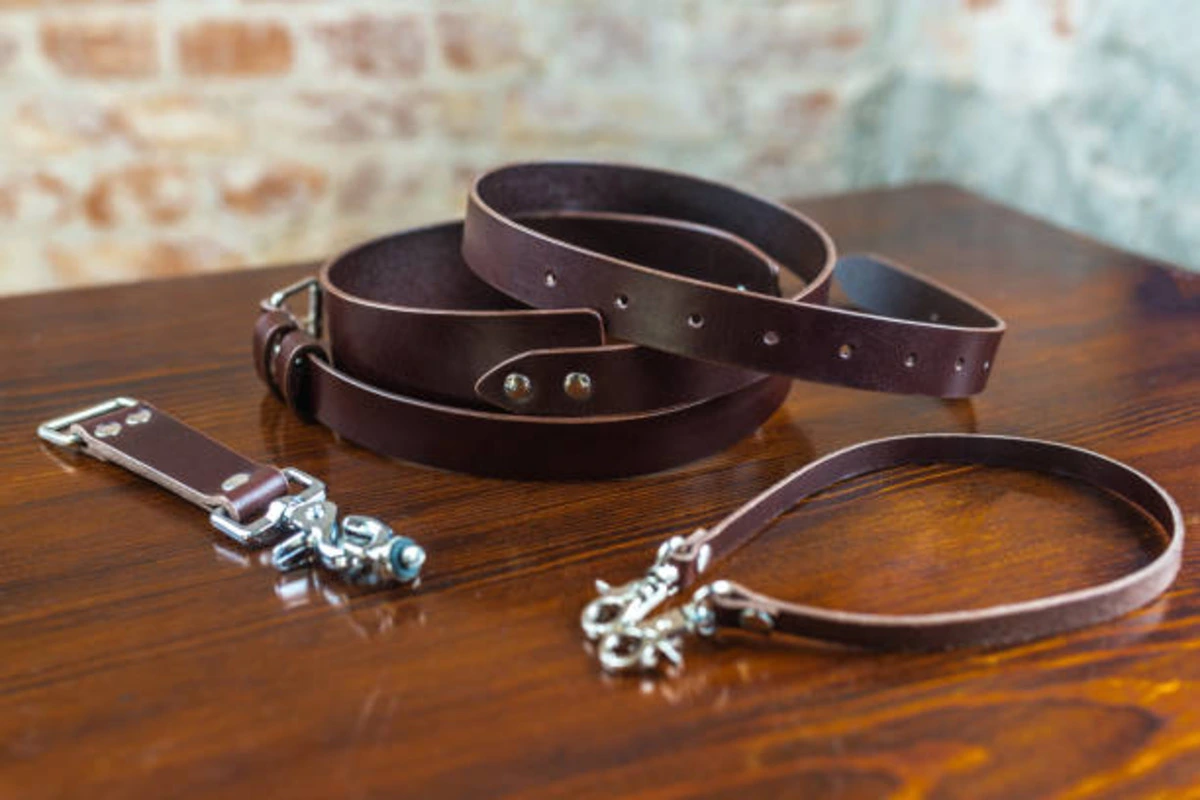
Alternative Solutions for Repairing a Dog Collar Buckle
In some cases, you may not have access to a replacement buckle or prefer a temporary fix. Here are two alternative solutions for repairing a dog collar buckle:
Solution 1: Using a Zip Tie
If you’re in a pinch and need a quick and temporary fix, a zip tie can come to the rescue. Feed the zip tie through the collar’s holes and secure it tightly. Trim off any excess length, ensuring that there are no sharp edges that could harm your dog.
Solution 2: Sewing the Collar
If you have basic sewing skills, you can sew the collar ends together using a needle and thread. Make sure to use a strong thread and secure the stitches tightly. This method provides a more durable fix than a zip tie but may require more time and effort.
Tips for Preventing Dog Collar Buckle Damage
To minimize the risk of future dog collar buckle damage, consider the following tips:
-
Choose a collar with a high-quality buckle from the start.
-
Regularly inspect the collar and buckle for any signs of wear or damage.
-
Avoid excessive pulling or tugging on the collar during walks.
-
Remove the collar when your dog is playing rough or unsupervised.
-
Clean the collar regularly to prevent dirt and debris from causing damage.
Pros and Cons of dog collar buckle
| Pros | Cons |
|---|---|
| Easy to put on and take off | Can break or snap if the dog pulls too hard or gets caught on something |
| They come in a variety of colours, styles, and materials | Can cause neck strain or injury if the dog pulls too hard or the collar is too tight |
| Can hold ID tags and leashes securely | Can be chewed or damaged by the dog or other dogs |
| Adjustable and can fit most dogs | It can be hard to find the right size and fit for some dogs |
7. Conclusion
A broken or damaged dog collar buckle should not be ignored, as it compromises the safety and comfort of your furry friend. By following the step-by-step guide in this comprehensive article, you can easily fix a dog collar buckle and ensure that your dog’s collar remains secure and functional. Remember to choose a high-quality replacement buckle, consider alternative solutions if needed, and take preventive measures to minimize future damage. With a properly functioning dog collar buckle, you and your dog can enjoy walks and outdoor adventures with peace of mind.
Additional Information:
-
It is essential to choose the correct size of the replacement buckle to ensure a proper fit for your dog.
-
Always supervise your dog when using a temporary fix, such as a zip tie or sewing, and replace it with a permanent solution as soon as possible.
FAQs
What is a dog collar buckle?
A: dog collar buckle is a type of closure that fastens a dog collar with a metal or plastic clip, similar to a belt buckle. It is one of the most common and traditional types of dog collars.
What are the advantages of a dog collar buckle? A dog collar buckle has some advantages, such as:
A: It is strong and durable and less likely to break or snap than a clip-on collar.
- It is more secure and stable, and it is less likely to open accidentally or get caught on something.
- It is more suitable for leash walking or training, as it can withstand more force and pressure from the dog.
- It is more customizable and adjustable, as it can fit different sizes and shapes of dogs.
What are the disadvantages of a dog collar buckle? A:
A: The dog collar buckle also has some disadvantages, such as:
- It is harder to put on and take off, especially for dogs with long or thick fur.
- It is less safe and comfortable, as it can cause neck strain or injury if the dog pulls too hard or the collar is too tight.
- It is less convenient and flexible, as it requires more time and effort to adjust or change the collar.
- It is less fashionable and stylish, as it has fewer options for colors, patterns, and materials.
How do I choose the right size and fit for a dog collar buckle?
A: To choose the right size and fit for a dog collar buckle, you need to measure your dog’s neck circumference and add 1-2 inches for comfort. You can use a tape measure or a string and a ruler to do this. Then, you need to check the length and width of the collar and make sure it matches your dog’s measurements. You can also try the collar on your dog and see if you can fit two fingers between the collar and the neck. The collar should be snug but not tight, and should not slip over the head or hang too low.
Q: Can I use a different type of buckle as a replacement?
A: It’s best to use a buckle that is specifically designed for dog collars. Different types of buckles may not provide the same level of security and durability.
Q: How often should I check my dog’s collar for damage?
A: It’s a good idea to inspect your dog’s collar regularly, at least once a month. This will help you identify any potential issues before they escalate.
Q: Can I fix a dog collar buckle with super glue?
A: While super glue may provide a temporary fix, it is not recommended for long-term use. The chemicals in super glue can be harmful to your dog’s skin and may weaken over time.

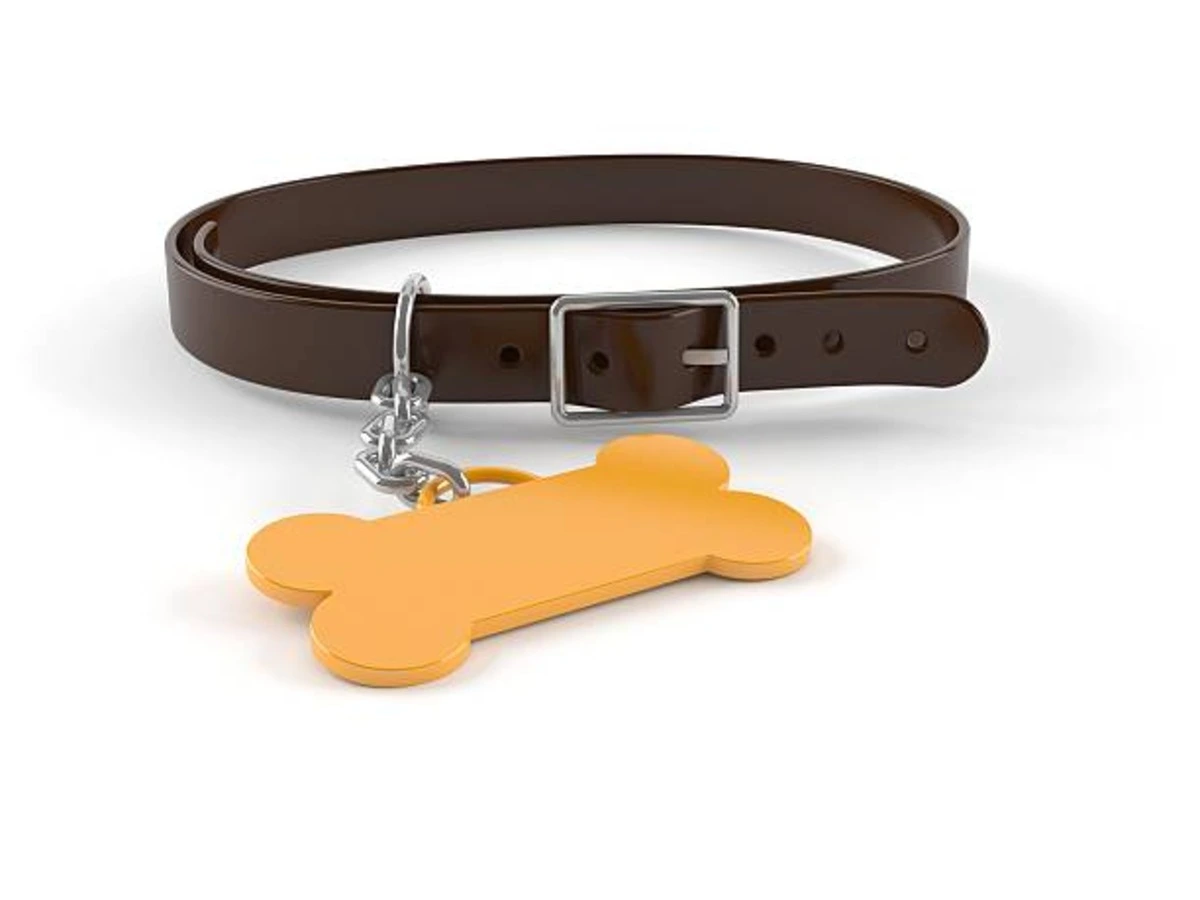
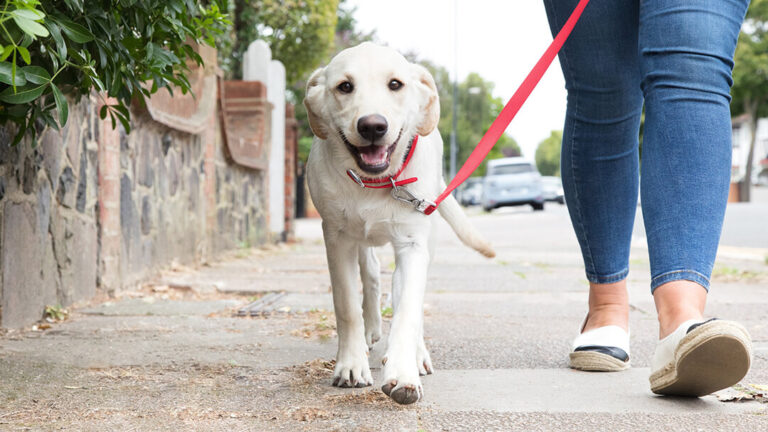



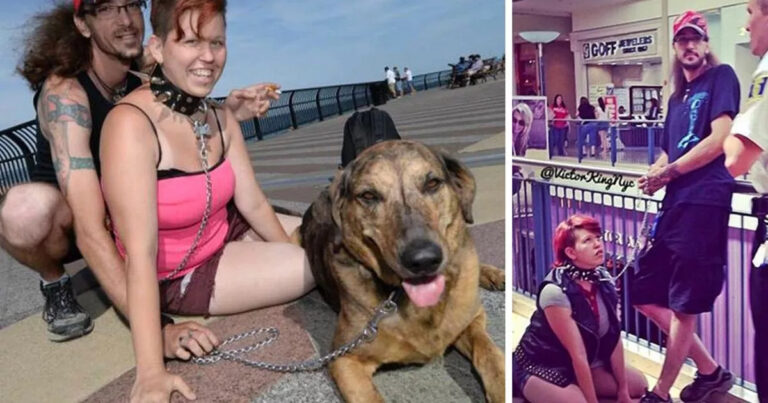
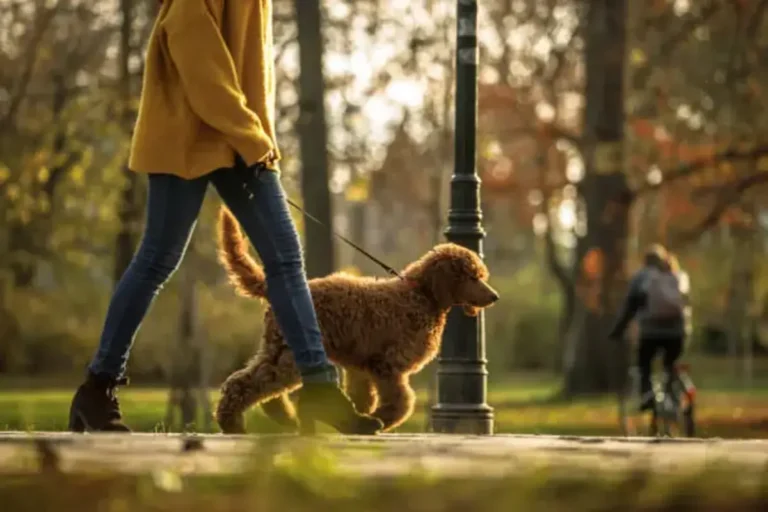
2 Comments